Washing machine socket installation height
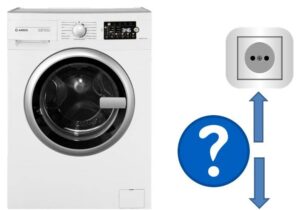 The power cord and hoses are included with the washing machine, and the connection to communications is organized by the user on site. We are talking about both the sewer and water pipes, and the socket. In the latter case, the most difficult thing is that you need to prepare a separate “exit” according to all security requirements. It is important to maintain the required height of the socket from the floor, protect the point from moisture and calculate the power required by the machine. It’s better to call an electrician, but according to our instructions, you can do it yourself.
The power cord and hoses are included with the washing machine, and the connection to communications is organized by the user on site. We are talking about both the sewer and water pipes, and the socket. In the latter case, the most difficult thing is that you need to prepare a separate “exit” according to all security requirements. It is important to maintain the required height of the socket from the floor, protect the point from moisture and calculate the power required by the machine. It’s better to call an electrician, but according to our instructions, you can do it yourself.
Where should the outlet be located in the bathroom?
When choosing a place for an outlet for a washing machine, you should focus on several nuances at once. The first is safety. Thus, according to the standard for electrical equipment of residential buildings VSN 59 - 88, it is forbidden to install electrical points under and above sinks, as well as next to water and sewer pipes. This will eliminate the possibility of moisture getting on the wires in an accident. The minimum distance from the risers is 60 cm.
As for the installation height of the socket, the optimal value is 1-1.25 meters. It is important to raise the point from the floor by at least 60 cm so that if the room is flooded, water does not get on the contacts. Although there are no specific instructions here - it all depends on the desire and caution of the resident.
According to the VSN 59 - 88 standard, sockets cannot be located at a distance of less than 60 cm from the sink, bathtub, sewer and water riser.
The second point concerns ease of use. Practice shows that the most comfortable height for the socket is 90-100 cm from the floor.If the height of the washing machine user is shorter or taller, then there is a reason to lower or raise the point. The third point is accessibility. A washing machine connected to the power supply should be able to “reach” the outlet without any problems. Most machines provide a power cord 1.5 m long, so it is not recommended to remove the point further. Otherwise, you will have to change the factory cable or take risks using an extension cord.
The principle of connecting the machine to power supply
An electrical connection is necessary for the washing machine, along with the organization of water supply and sewerage. It's simple - without current the machine will not work. A “connection” between the equipment and the central power supply is established through a power cord and socket. The first comes complete with the new washing machine, and the second is installed taking into account safety requirements:
- voltage – 220V;
- the maximum permissible load current must correspond to the power of the operating equipment with a margin;
- stationary installation (a separate socket is allocated for the machine);
- refusal of extension cords and carriers;
- inclusion of a residual current or grounding device in the circuit.
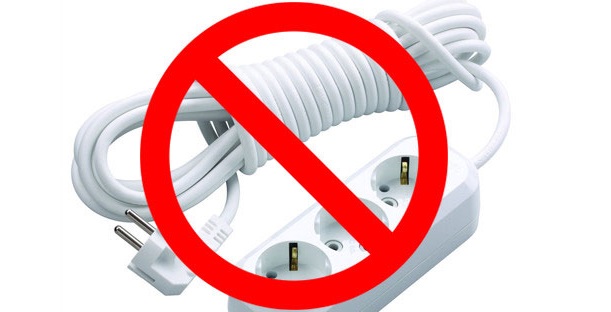
An important parameter is whether the outlet matches the “requests” of household appliances. It’s easy to find out how much current the machine will require during operation. It is enough to find the power of the washing machine in the factory instructions, divide this value by the network voltage (220 V) and round up. Generally, 6, 10, 16, or 25 amp electrical installations are required. Ideally, an option with a margin of 16 or 25 A is chosen. A prerequisite is the presence of a third core, grounding.
If the washing machine is installed in the kitchen, hallway or bedroom, then there will be no special requirements for the arrangement of the outlet.It’s another matter when the machine is used in a bathroom or shower. In this case, it is necessary to consider protecting the point from moisture. The guideline is a special document - GOST R 50571-7-701-2013, which prescribes the standards and operating conditions for low-voltage electrical installations. According to GOST:
- it is allowed to install sockets in the home bathroom;
- It is prohibited to install electrical installations in bathrooms and showers for industrial and public use;

- It is necessary to select a socket with a moisture-proof housing.
In the bathroom only sockets with a moisture-proof housing are installed!
The last point is considered decisive. We must not forget that when using a bath or shower, water may splash, which can lead to a short circuit and electric shock. The second point is condensation, which is formed from water vapor. To protect your life and health, it is necessary to protect the wiring with a special moisture-resistant housing.
A socket with a moisture-proof housing?
Correct location is only the first safety requirement. The second concerns the design of the outlet. Thus, the electrical connection point must be protected from moisture. This is achieved in three ways: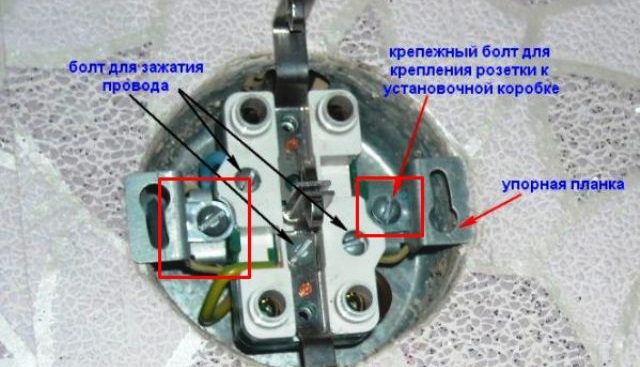
- a “shutter” provided inside the socket, which lowers and blocks access to the contacts immediately when the plug is pulled out;
- spring-loaded lid that slams tightly when the plug is removed;
- the presence of mechanical seals in the holes for the plug, which prevent moisture from penetrating through the body to the contacts.
You can find out the degree of moisture resistance of the outlet by special markings. You need to find the IP parameter with two symbols on the label or packaging.The first number indicates the protection of the structure from dust, the second indicates resistance to moisture. So, for a washing machine you need to choose devices of IP44 level or higher.
Organization of electrical communications
To connect the washing machine to the power supply, a separate three-wire wire is required. It stretches from the distribution box to the destination, and the third core is necessarily connected to the protective grounding bus. The last step will protect the user if current leaks into the machine body. The organization of electrical communications has several more nuances:
- the outlet must be powered from a separate line;
- washing equipment is allocated an individual machine;
- the leakage current at which the machine is triggered must have a limit of up to 30 mA;
- It is recommended to include a stabilizer in the circuit to protect the washing machine from power surges.
The socket allocated for the washing machine must be connected to a separate line and an individual automatic circuit breaker.
Electricians advise using RCDs or automatic circuit breakers with a rated shutdown current of 10 mA. Such devices are more expensive, but are able to respond quickly, providing complete protection in the event of a breakdown on the body. When installing a circuit breaker, a value of 16A is sufficient.
We purchase a suitable wire
When choosing a cable for laying power lines to household appliances, you should focus on standards and recommendations. Thus, for washing machines, copper wires and a hidden installation method are used. This will allow you to safely operate the machine without fear of fire or accidental tripping of the RCD. The cross-section of the wires used to power washing equipment depends on the power of the installed machine.As a rule, 2.5 mm is enough, but it is better to take it with a reserve to avoid network overload.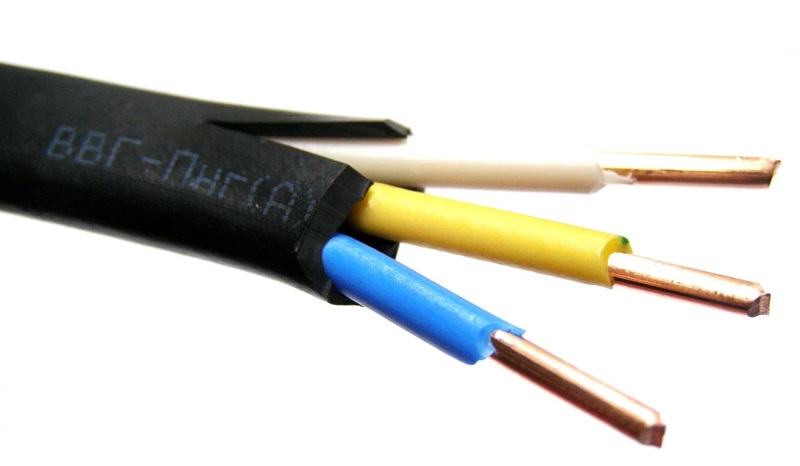
If the apartment has aluminum wiring with a core cross-section of 1.5 mm, then it is better to think about replacing it with a safer one. At a minimum, it is worth laying a new branch for the washing machine. Otherwise, the cable will heat up and melt the insulation, which can lead to fire.
Is it worth installing a multi-place outlet?
The safest option is to allocate a separate outlet and a line as a whole for the machine. It is strongly not recommended to use a double point and connect a boiler or hair dryer together with the washing machine. This can cause a network overload, tripping an RCD and a fire.
It is worth understanding that modern technology is very powerful. If you run a “dryer” or a hair dryer along with a working machine, the socket simply will not withstand the “pressure”. It’s better not to take risks, but to create a group of separate outlets in the room for each device.
Socket installation
The final stage in organizing electrical communications to the washing machine is installing an outlet. You can do it yourself, the main thing is to act consistently and remember safety precautions. First, we apply markings on the wall with a marker: we mark the installation height of the electrical point, its location, as well as the line of future wiring. Next we proceed like this:
- We de-energize the room, or better yet, the entire apartment;
- Using an indicator screwdriver, we check that there is no current in the apartment;
- take a hammer drill, turn off the impact mode and insert into it a nozzle that is commensurate with the socket;
- drill a hole;

- along the drawn line we make grooves for the cable using a hammer drill or grinder;
- We install a new RCD in the electrical panel;
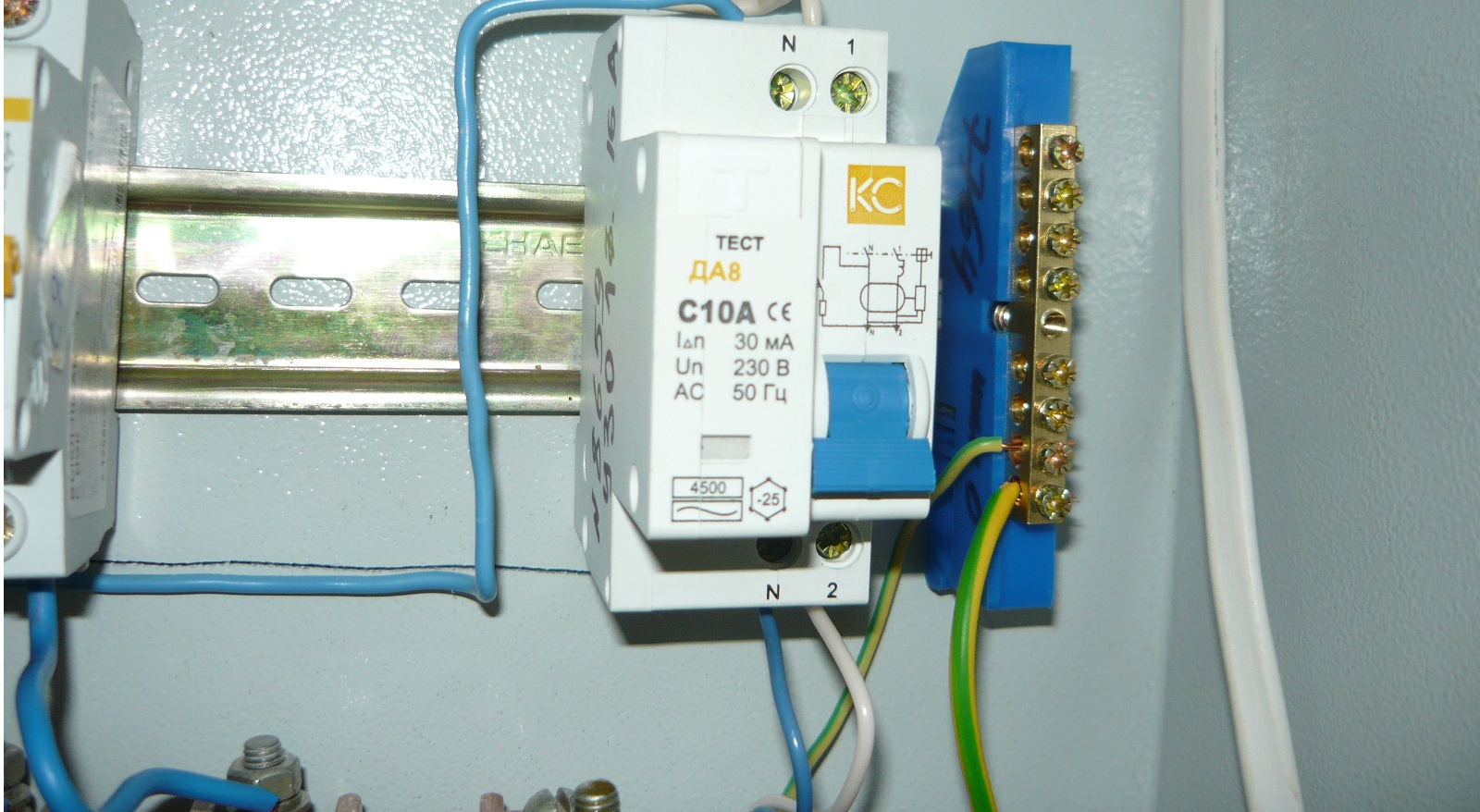
- connect the wire to the RCD and pull it along the groove to the future outlet;
- We put a little gypsum mortar into the hole under the socket, onto which the socket box is fixed;
- fix the cable on the wall;
- we bring out the cores and part of the wire into the socket box (preferably with a reserve to facilitate the subsequent replacement of the socket);
- insert the socket;
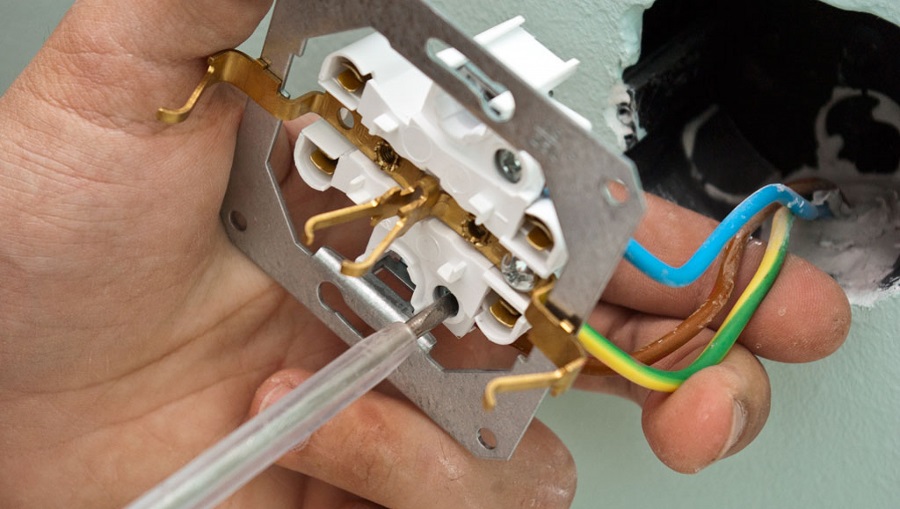
- connect the conductors to the contacts of the socket;
- Snap the socket cover.
It is dangerous to immediately connect a washing machine to a new outlet. First, it is better to try the point on a cheaper device - a table lamp or hair dryer. If everything works, it means the installation was done efficiently.
Interesting:
Reader comments
- Share your opinion - leave a comment

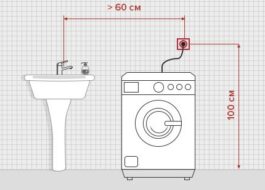



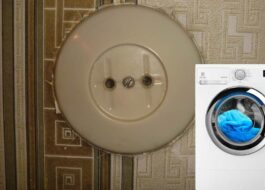
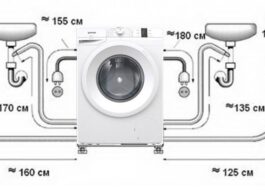














Add a comment